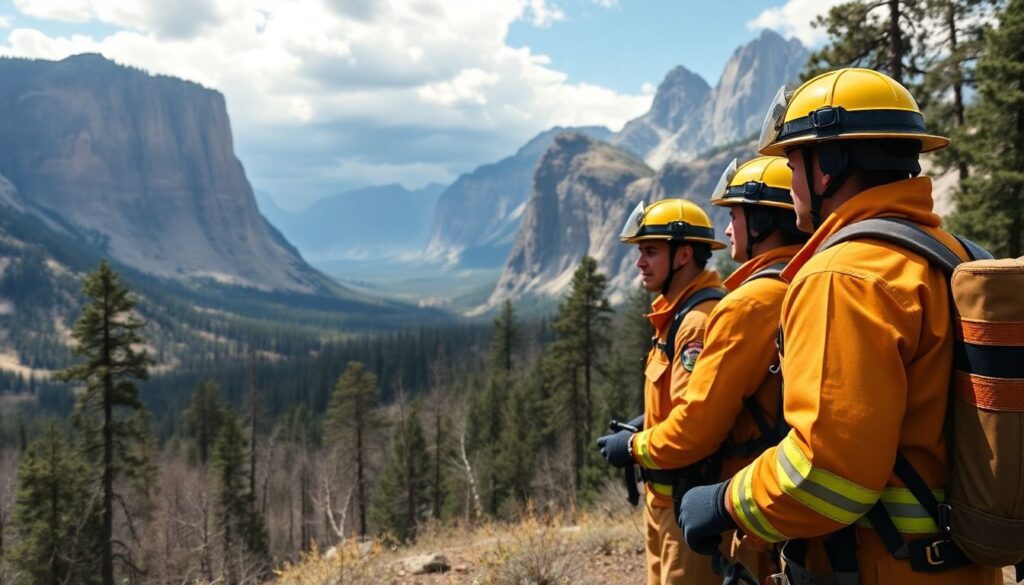Delve into the unseen challenges faced by National Park Service employees as they grapple with the emotional and mental toll of disastrous events. This article explores the often-overlooked aspects of disaster preparedness and the importance of addressing the well-being of those who protect our national treasures.
National Park Service employees prepare to protect people, assets, and infrastructure from disasters. But what about when it comes to their own well-being?
Imagine the rugged silhouettes of National Park Service wildland firefighters standing tall in Yosemite National Park, their figures framed by the iconic granite cliffs of El Capitan and Half Dome. These heroes are not merely admiring the scenic landscapes; they are the steadfast guardians of this natural treasure, their eyes scanning the horizon for the first signs of danger.
Behind them stretches a panorama of lush valleys, ancient sequoias, and crystal-clear streams, a breathtaking vista that draws millions of visitors each year. Yet, amidst this serene beauty lurks the ever-present threat of wildfires and extreme weather events, a stark reminder of nature’s unpredictable power.
The firefighters are a picture of vigilance, their gear a stark contrast against the verdant backdrop. They embody the spirit of preparedness, a human barrier between the park’s ecosystems and the potential disasters that could disrupt its delicate balance. Their presence is a testament to the ongoing efforts to preserve and protect Yosemite’s wilderness for generations to come.
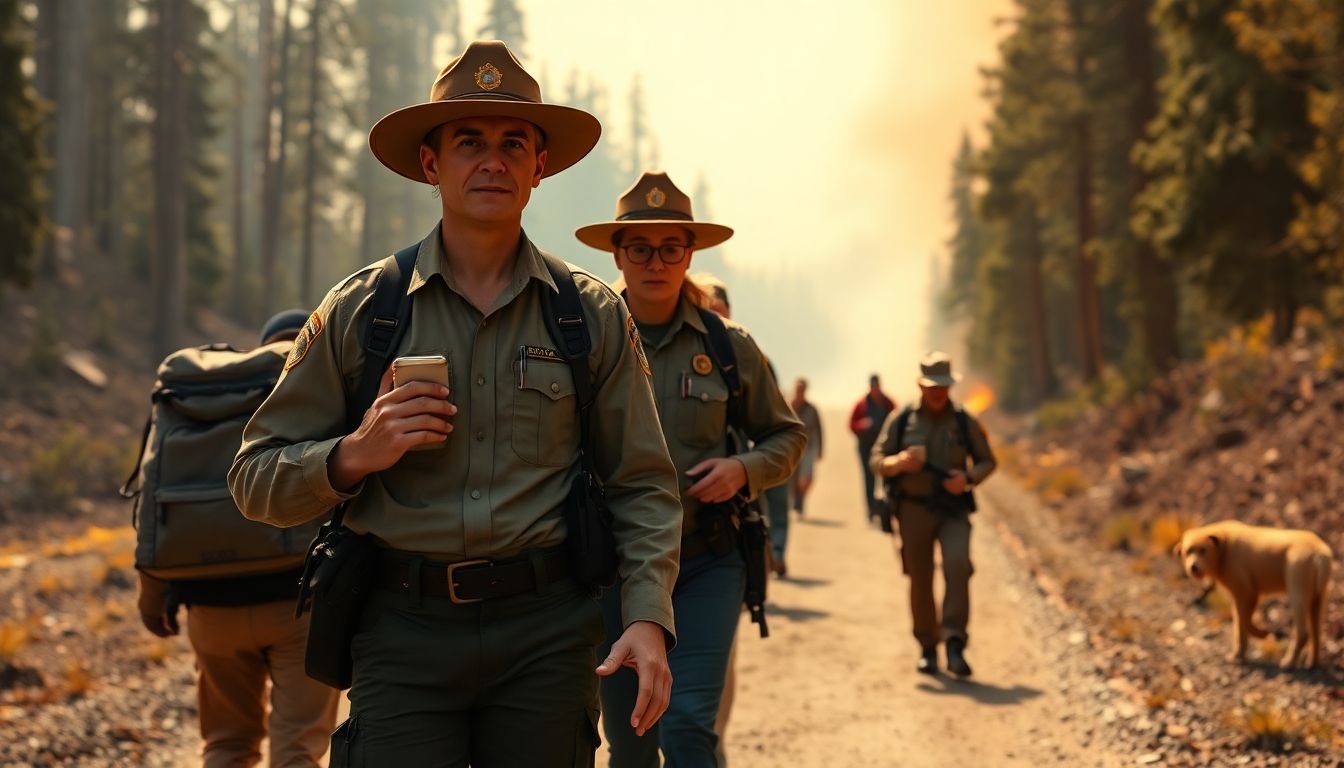
The Hidden Impact of Disasters
In the heart of crisis, National Park Service (NPS) employees stand as unsung heroes, facing unimaginable challenges that test their emotional and mental fortitude. During disasters, they are tasked with protecting not just the vast swaths of wilderness, but also the visitors and wildlife within. The immediacy of the situation calls for unwavering professionalism, yet the personal toll is immense. Imagine the ranger who must coordinate evacuations while their own home is threatened, or the resource manager fighting to save a historic landmark while grappling with the reality that their community may be altered forever.
The balance between personal and professional responsibilities is a delicate tightrope walk for NPS staff. During the 2018 California wildfires, park staff worked around the clock to safeguard national treasures like Yosemite, while their own families were evacuating. This duality of roles often leads to a constant state of anxiety and stress, with little time to process personal emotions. The ‘always-on’ culture can lead to chronic stress, which in turn can manifest as:
- Sleep disturbances
- Changes in appetite
- Irritability and emotional outbursts
- Memory and concentration difficulties
Once the dust settles and the fires are extinguished, the emotional and mental challenges for NPS employees do not end. Post-traumatic stress can be a real and lingering issue. The images of destruction, the memories of distress calls, and the weight of responsibility can leave deep emotional scars. Moreover, the recovery process can be painfully slow, with staff continually reliving the trauma as they work to restore and rebuild.
The long-term effects on mental health can be severe if left unaddressed. Burnout, depression, and anxiety disorders can become prevalent. Prolonged exposure to stress hormones can also lead to physical health issues, such as heart disease and weakened immune system. It is crucial for NPS to foster a culture that normalizes seeking help, encourages open dialogue about mental health, and provides accessible resources for support and recovery. Only then can we ensure the well-being of those who dedicate their lives to preserving our natural and cultural heritage.
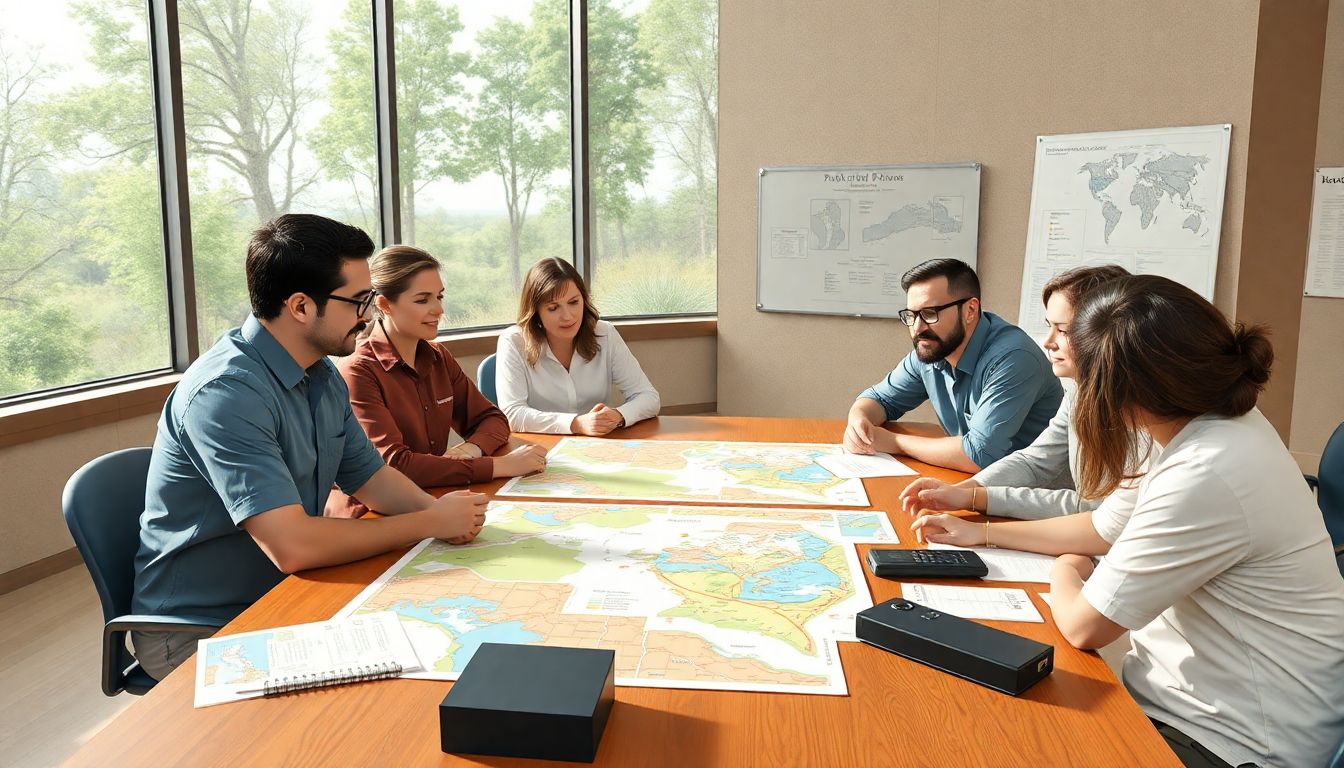
Scenario Planning: A Tool for Operational Readiness
Scenario planning, a strategic tool used to anticipate and prepare for various futures, has proven invaluable in the realm of disaster management. By envisioning different disaster scenarios, parks can better anticipate the physical impacts that may occur. This process involves creating detailed narratives or scenarios that consider a range of factors, from the magnitude of the disaster to the specific geographical features of the park. For instance, a national park situated in a floodplain might develop scenarios that consider the potential extent of flooding, the likely damage to infrastructure, and the expected disruption to wildlife habitats. By engaging in this level of detailed planning, parks can prepare operationally, allocating resources, and developing response strategies tailored to each potential scenario.
Operationally, scenario planning helps parks to bolster their resilience and response capabilities. By running through various disaster situations on paper, park management can identify gaps in their preparedness, from inadequate equipment to insufficient training. This process can trigger several operational improvements:
- Enhancement of emergency communication systems
- Stockpiling of necessary supplies
- Staff training in disaster response techniques
- Establishment of partnerships with local emergency services
However, while scenario planning is a powerful tool for boosting operational readiness, it often falls short in addressing the mental and social consequences for staff.
The mental health aspect is frequently overlooked in disaster preparedness. Staff members are not just operational units; they are individuals with emotions, stress thresholds, and personal lives that can be profoundly affected by disasters. The trauma of experiencing a disaster firsthand, the stress of extended working hours, and the burden of increased responsibilities can all take a toll on the mental well-being of staff. Moreover, the social dynamics within the park community can shift drastically during and after a disaster, with staff members grappling with displacement, loss, and the upheaval of their usual support networks.
To address this gap, parks should consider integrating mental health and social support into their scenario planning. This could involve:
- Including mental health professionals in the planning process
- Developing scenarios that consider the psychological impact on staff
- Creating support systems for staff before, during, and after disasters
- Fostering a work environment that encourages open discussion about mental health
By taking these steps, parks can ensure that their disaster preparedness is holistic, addressing not just the physical impacts but also the mental and social consequences for their staff.
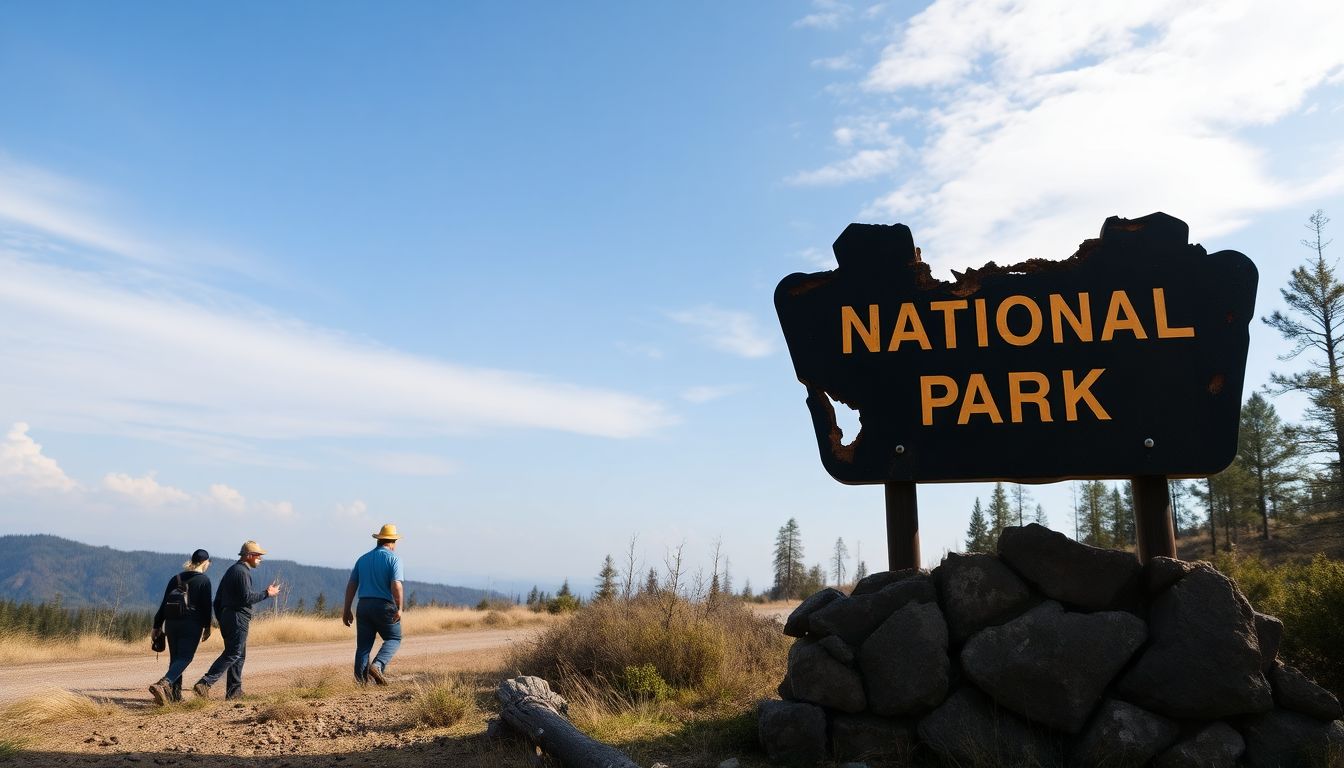
The Emotional Toll of Loss and Recovery
The emotional toll of losing resources in a natural disaster is devastating, a pain that communities around the world have experienced in varying degrees. When a wildfire ravages through an area, it’s not just the physical loss that hurts, but also the emotional trauma that lingers long after the last ember has been extinguished. Take the Carr Fire that blazed through Northern California in 2018, for instance. The fire not only consumed over 229,000 acres of land but also took with it countless homes, businesses, and beloved local parks. For park staff, this loss was particularly challenging. They had devoted their careers to preserving and protecting these natural sanctuaries, only to see them reduced to ashes.
The stress of post-disaster recovery is immense and multifaceted. After the immediate threat subsides, the reality of what’s been lost and the magnitude of what’s required to rebuild can be overwhelming. In the aftermath of the Dixie Fire, which scorched nearly a million acres in 2021, park staff faced a daunting task. They were responsible for assessing the damage, coordinating restoration efforts, and navigating the complexities of insurance claims and federal aid. All this while also coping with their own personal losses and trauma. It’s a testament to their dedication that many of these individuals, despite their personal struggles, continued to serve their communities during this difficult time.
The impact on park staff is often overlooked in the broader narrative of disaster recovery. Here are some of the challenges they face:
- A sense of loss and grief for the destruction of natural areas they have cared for and protected.
- The stress of managing cleanup and restoration efforts, often with limited resources.
- Dealing with the expectations and emotions of the public, who are also grappling with the aftermath of the disaster.
- Navigating the bureaucracy of insurance claims, federal aid, and other administrative tasks.
Despite these challenges, there are ways to support park staff and mitigate the emotional toll of these experiences. Open communication, access to mental health resources, and community support are vital. Moreover, investing in pre-disaster planning and preparedness can significantly reduce the stress of recovery. By acknowledging and addressing the emotional impact of these events, we can help park staff, and the broader community, heal and move forward.
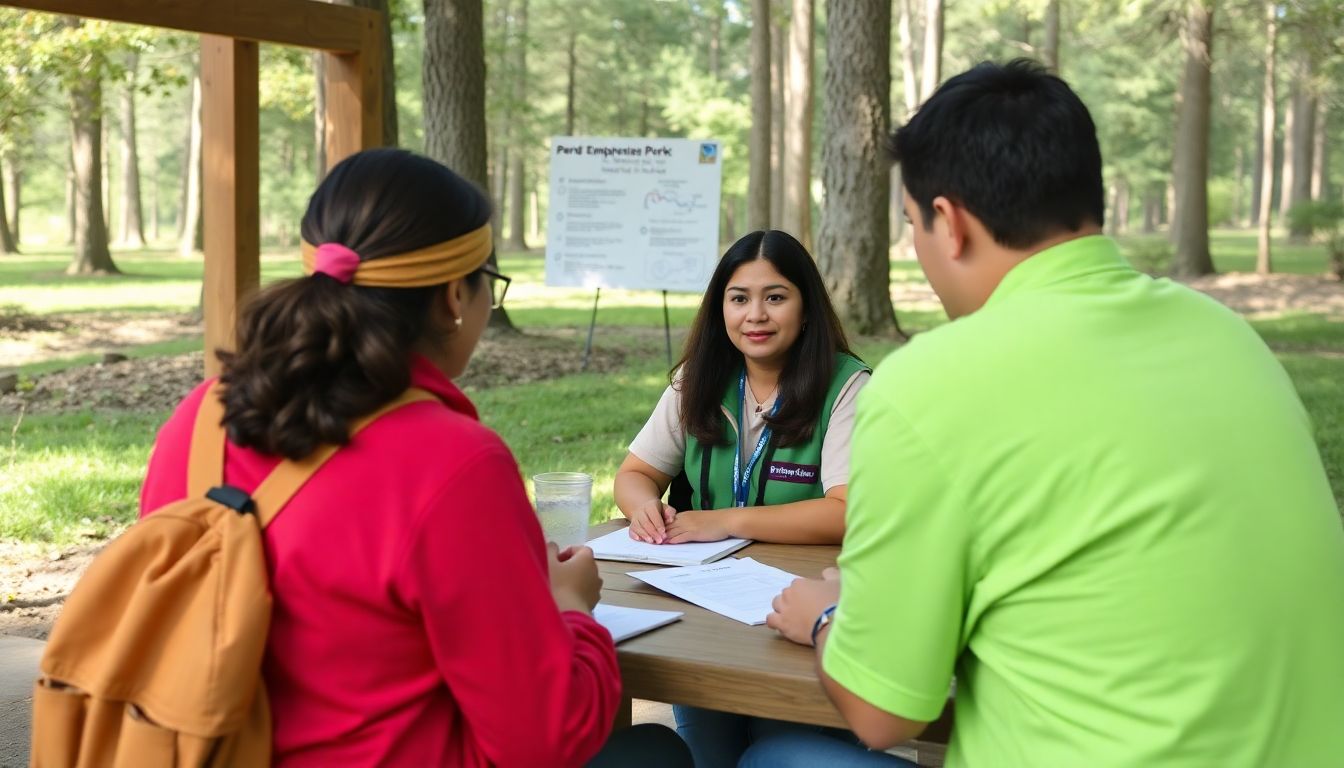
Building Resilience: Proven Mental Health Tools
Scenario-based planning is a strategic approach that enables organizations to prepare for potential challenges and opportunities. It’s not just about identifying and mitigating risks; it’s also an excellent opportunity to integrate mental health support for employees. By incorporating proven mental health tools and strategies into these plans, businesses can foster a culture of well-being and resilience.
Several evidence-based mental health tools can be seamlessly woven into scenario-based planning. For instance, mindfulness and stress management techniques can help employees stay calm and focused under pressure. Additionally, cognitive-behavioral therapy (CBT) techniques, such as reframing negative thoughts, can bolster emotional resilience. Furthermore, promoting a work environment that encourages open communication and peer support can provide a safety net for employees during challenging times.
Coping skills play a crucial role in navigating uncertain scenarios. Equipping employees with a toolbox of coping strategies ensures they have the necessary resources to manage stress, anxiety, and other mental health challenges effectively. Some essential coping skills include:
- Problem-solving and decision-making techniques
- Time management and prioritization
- Emotional regulation strategies
- Self-care routines, such as exercise and proper nutrition
By embedding these skills into scenario-based planning, organizations empower their employees to handle adversity with confidence and competence.
Self-efficacy—the belief in one’s ability to handle demanding situations—is another vital component of mental well-being. Scenario-based planning can enhance self-efficacy by providing opportunities for employees to practice and master new skills. When employees successfully navigate simulated challenges, they develop a robust sense of self-efficacy that translates into improved mental health and performance. To bolster self-efficacy, ensure that your scenario-based planning includes:
- Clear, achievable goals
- Regular feedback and support
- Recognition and rewards for progress
- Opportunities for continuous learning and growth
By fostering self-efficacy, organizations cultivate a workforce that is not only resilient but also adaptable and innovative in the face of change.
FAQ
What are the common mental health outcomes for first responders after a disaster?
- Post-traumatic stress disorder (PTSD)
- Anxiety and depression
- Substance abuse
- Suicide
.
How can scenario planning help in disaster preparedness?
What are some proven mental health tools that can be incorporated into disaster planning?
- Critical Incident Stress Management
- Employee assistance programs
- Learning effective coping skills
- Improving self-efficacy
.
How did the Dixie Fire impact Lassen Volcanic National Park?
What can parks do to better prepare staff for the mental and social impacts of disasters?
- Incorporating mental health tools into scenario-based planning
- Providing mental health care in advance and at the appropriate time after an event
- Increasing access and awareness of services like Critical Incident Stress Management and employee assistance programs
.



